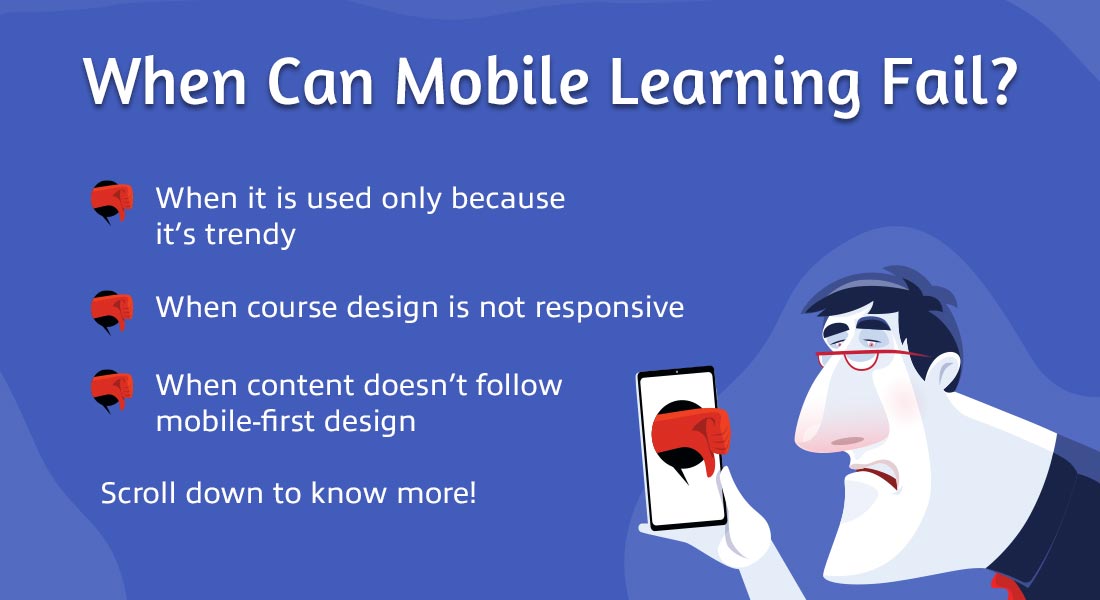Fight the Forgetting Curve: Reinforce Training with Microlearning
Check out the blog to know how reinforcement of training with microlearning will help you fight the forgetting curve of your learners.

One of the most important objectives of training in any organization is that employees retain the knowledge gained during training and apply it in their work. However, research shows that learners forget 50%-80% of what is learned within 24 hours, and by 30 days, they only retain about 2%-3% of the information. As organizations spend millions of dollars on training, they cannot afford such rapid loss of information. Reinforcing training with microlearning bites can be very helpful to fight this forgetting curve.
What is Microlearning?
Microlearning is a way of delivering online training content to learners in small, discrete, and very specific chunks. Each chunk lasts not more than 10 minutes, and conveys around 1-2 learning points.
Such a training method is very effective today as people have become busier than ever and the average attention span has crawled so low that people cannot focus longer than a goldfish.
Apart from e-learning courses of less than 10 minutes, microlearning is delivered in various formats such as short videos, quizzes, games, eBooks, podcasts, infographics, blogs, emails/text messages, and more. The small size of these training nuggets allows them to fit anywhere in the learning cycle – before, during, or after the training session.
Let us see how these different formats of microlearning can fight the forgetting curve and ensure better reinforcement of training.
eBooks
Many, like me, have started spending more and more time with digital content than printed. eBooks can be very helpful in replacing printed manuals. To reinforce training, these eBooks must contain the important information (from the training program conducted earlier) you want learners to remember and apply in their jobs. For example, if you want to reinforce software training, you must include written steps of the procedures taught in the training.
Videos
Videos have an effective visual impact, and visual learning ensures better information retention. So to reinforce learning with videos, add the important information (from the training program conducted earlier) in the visual form, as a story. This will help learners relate the information to real-life contexts and ensure they apply their learning in similar situations. For example, to reinforce product training, you can create videos of product installation, usage, maintenance, and more.
Infographics
Infographics are a very simple, easy, and a great way to quickly communicate information. To reinforce training with infographics, present the important information in a visually attractive way. For example, to reinforce safety training, design different infographics of Personal Protective Equipment (PPE) to be used in various hazardous areas, and the procedures to don and use these PPE.
Games
Apart from being a leisure activity, games are very effective in engaging a person in a learning activity. To reinforce training with a game, create contexts of various problems that the learner will face in real-life. Categorize these contexts based on their difficulty level. When learners successfully deal with one level of problems, allow them to proceed to the next level.
Add a few game elements such as score, goodies, a leaderboard, etc., to motivate learners. For example, to reinforce workplace harassment training, create various contexts that involve acts of harassment.
Mobile Apps
Mobile apps can be a platform to deliver all the above micro reinforcing nuggets. Your mobile app must contain links to different reinforcing training material. Allow learners to download the material for offline viewing. Such a mobile app will not only help learners reinforce learning from time to time, but also act as on-the-job support. For example, a sales rep can access these micro reinforcing nuggets on a product, on the way to meet a prospect; a shop floor worker can access micro reinforcing nuggets on the safety measures before starting his job in a hazardous area; any employee can refer to the micro reinforcing nuggets on the usage of the Enterprise Resource Planning (ERP) software, when they forget a certain procedure.
Ensure all the above mentioned micro reinforcing nuggets are not too lengthy. Include only as much information as helps learners do a particular job, and takes not more than 10 minutes to complete.
However, as they say, “It is easier said than done”. Creating micro modules is a challenging task because the design and development aspects differ compared to the development of a typical e-learning course. To understand the differences, here is a blog – Micro Learning: Impact on E-learning Design and Development.




